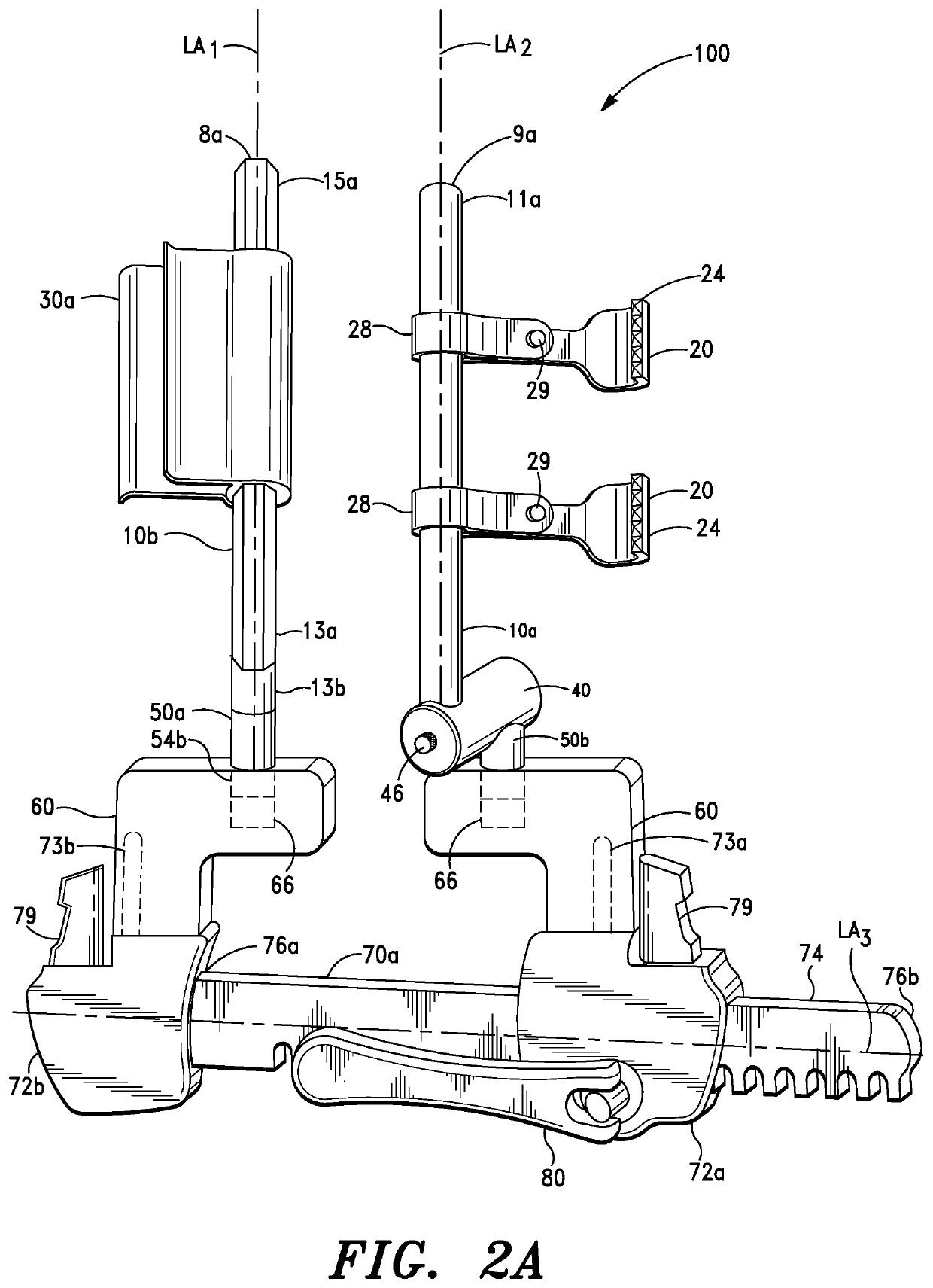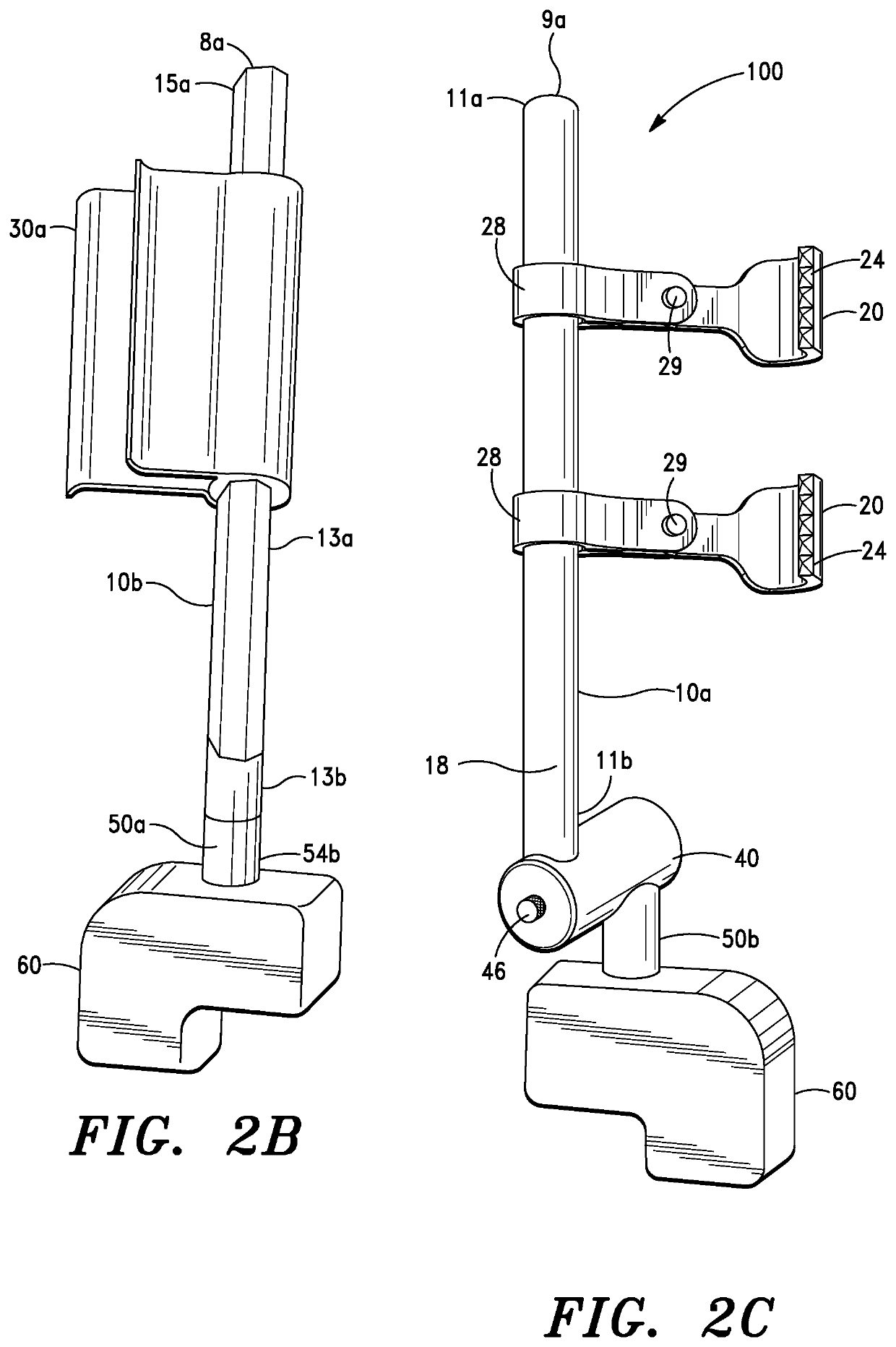Thoracic structure access apparatus, systems and methods
a thoracic structure and access device technology, applied in the field of medical science and surgery, can solve the problems of insufficient blood flow to the myocardium of the heart, myocardial infarction, and a predominant cause of death, and achieve the effect of simple and economical manner, and facilitate various thoracic surgical procedures
- Summary
- Abstract
- Description
- Claims
- Application Information
AI Technical Summary
Benefits of technology
Problems solved by technology
Method used
Image
Examples
Embodiment Construction
[0081]Before describing the present invention in detail, it is to be understood that this invention is not limited to particularly exemplified apparatus, systems, structures or methods as such may, of course, vary. Thus, although a number of apparatus, systems and methods similar or equivalent to those described herein can be used in the practice of the present invention, the preferred apparatus, systems, structures and methods are described herein.
[0082]It is also to be understood that, although the present invention is described and illustrated in connection with coronary artery bypass grafting (CABG and OPCAB) procedures; particularly, MINI off-pump coronary artery bypass (MINI OPCAB) procedures, the invention is not limited to such procedures. According to the invention, the apparatus, systems and methods of the invention can also be employed to provide access to internal structures; particularly, intrathoracic structures at a transxiphoid incision site during other surgical pro...
PUM
 Login to View More
Login to View More Abstract
Description
Claims
Application Information
 Login to View More
Login to View More - R&D
- Intellectual Property
- Life Sciences
- Materials
- Tech Scout
- Unparalleled Data Quality
- Higher Quality Content
- 60% Fewer Hallucinations
Browse by: Latest US Patents, China's latest patents, Technical Efficacy Thesaurus, Application Domain, Technology Topic, Popular Technical Reports.
© 2025 PatSnap. All rights reserved.Legal|Privacy policy|Modern Slavery Act Transparency Statement|Sitemap|About US| Contact US: help@patsnap.com



